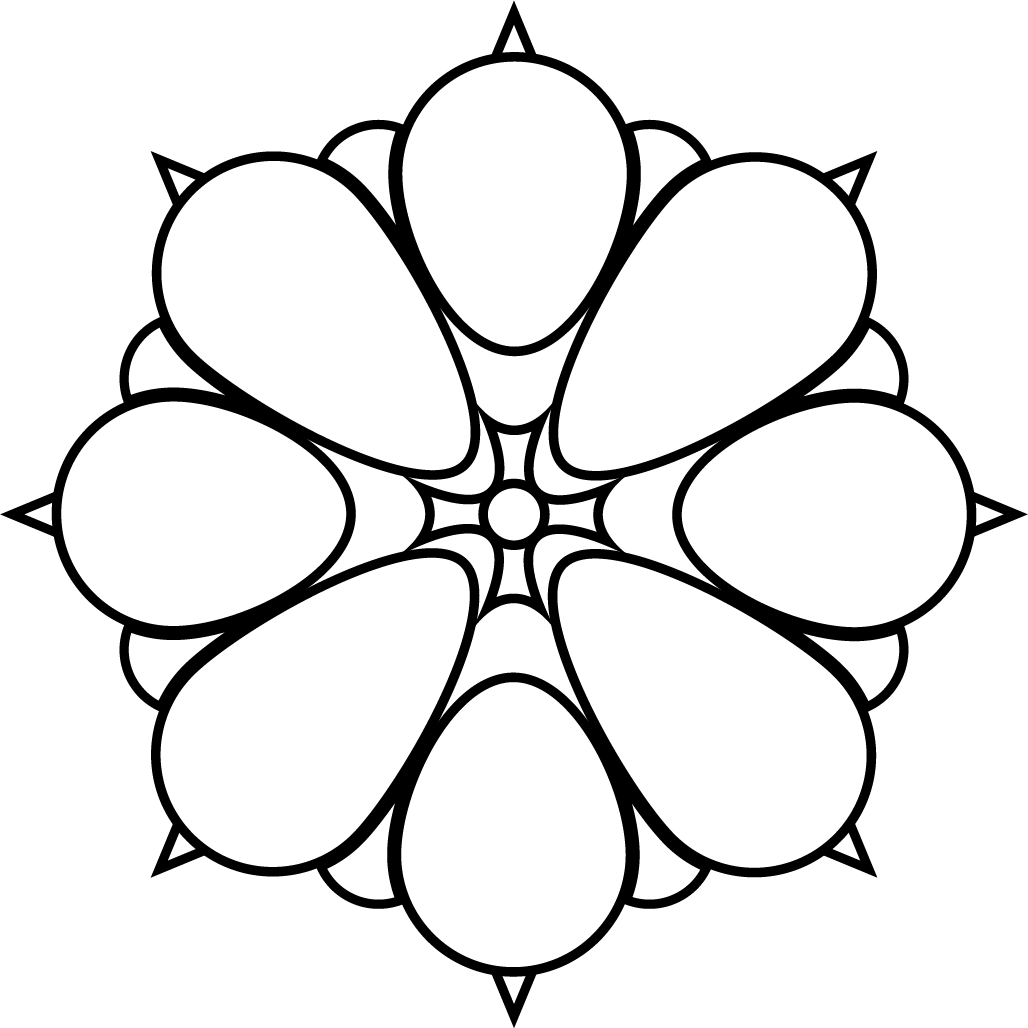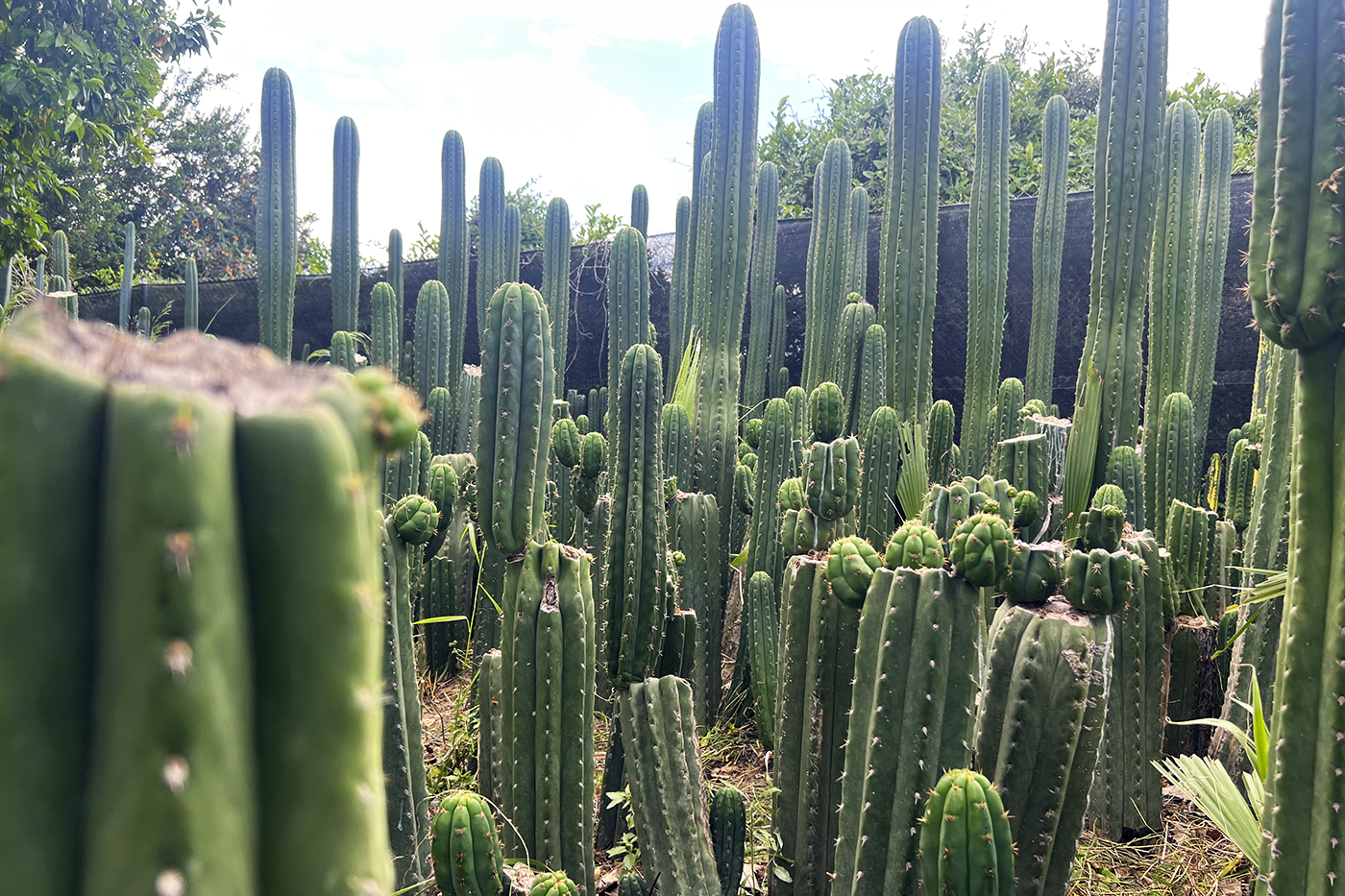Trichocereus, commonly known as San Pedro cactus or wachuma, is an icon of Andean culture, particularly in regions of Peru and Ecuador. This cactus is a symbol not only of the flora of the Andes but also of a rich cultural tradition intertwined with spirituality, medicine, and the rituals of indigenous peoples. Its use has been documented for over 3,000 years and is deeply rooted in the ancestral practices of Andean communities.
History and Traditional Uses
Trichocereus macrogonus var. pachanoi is the most well-known species within this genus and has been used by cultures such as the Moche, Nazca, and Chavín. Historically, this cactus has been regarded as a ""master plant,"" meaning it has played a central role in rituals of healing, divination, and spiritual connection. Its psychoactive effects have been valued by shamans and healers seeking to access altered states of consciousness to gain profound and intuitive knowledge during their ceremonies.
Throughout the centuries, Trichocereus has maintained its relevance despite attempts at repression by religious authorities following the conquest. Today, the Ministry of Culture of Peru has recognized its traditional use as cultural heritage, underscoring its continued importance in the spiritual and cultural life of Andean communities.
Symbolism and Meaning
The San Pedro cactus is not only appreciated for its psychoactive properties but also for its symbolism. In Andean tradition, it is attributed with characteristics that connect the material world with the spiritual one. It is said that its effects allow users to ""reach the sky while still on the earth."" This is linked to the belief that, like San Pedro, who guards the gates of heaven, the cactus facilitates access to higher spiritual dimensions.
Additionally, Trichocereus is associated with fertility, abundance, and life. Its robustness and ability to thrive in adverse conditions make it a symbol of resilience and strength—qualities valued by communities living at high altitudes. The cactus is used not only in spiritual rituals but also in traditional medicine practices, where it is attributed with healing properties that help alleviate various ailments.
Ritualized Processes
Rituals involving Trichocereus are complex and often require the guidance of an experienced shaman. During ceremonies, beverages prepared from the cactus are used to induce trance states, allowing communication with the spiritual world. These practices are accompanied by songs, dances, and offerings to Pachamama (Mother Earth) and other Andean deities, seeking balance and harmony between humans and nature.
Conclusion
In summary, Trichocereus is much more than a species of cactus; it is an object of veneration and a symbol of cultural identity in the Andean region. Its history and symbolism reflect the deep connection of indigenous communities with their environment and spiritual beliefs. As global interest in medicinal plants and ancestral traditions grows, Trichocereus will remain at the center of Andean cultural practices, serving as a reminder of the richness of indigenous wisdom and its immense legacy.




